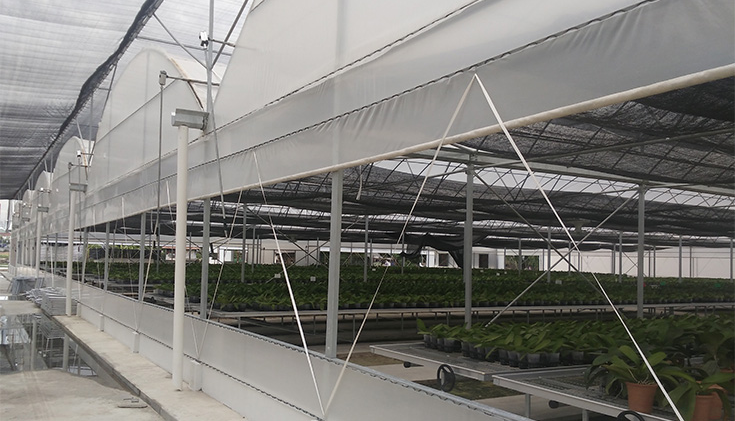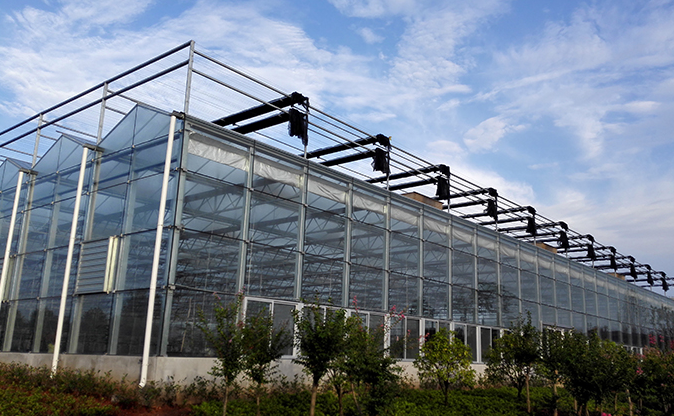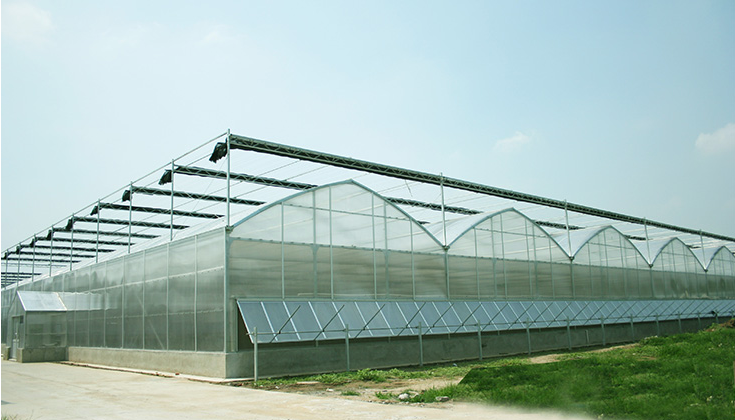
What is Greenhouse?
“A greenhouse is a structure with a plastic, mesh, polycarbonate roof and its interior heated / ventilated together with natural sunlight to warm/cool the plants, soil, and other crops and plants inside the building”.
Air warmed or cooled is retained and maintained in the building by the roof and wall structures. These structures range in size from small sheds to very large production buildings. There are some key differences between a greenhouse function between the temperate region and tropical region.
The temperate greenhouse
To maintain the temperature or climate inside the greenhouse during the cold or hot seasons and produce any selected crops at any time of the year. The structure could be also engineered to be an automated smart greenhouse to ensure that the crops are in the best possible environment to grow and thrive.
The tropical greenhouse
To protect the crops inside the structure from unexpected weather conditions like heavy rain and direct sunlight effect. Especially during the monsoon season, leafy vegetables might get damaged and certain fruity crops might get fungal diseases due to the humid environment the monsoon season created.
Types of Greenhouses
Greenhouse structures in Malaysia are mostly covered with Polycarbonate, mesh netting, PE Films / any other agricultural films to have better control of the environment such as to prevent direct exposure to the harsh weather or to inhibit any pests and foreign diseases to enter the living environment of the crops.
In recent years due to tightening regulation of the foreign labor and manpower importation, low interest garnered from local young generations to be a part in the agriculture food production industry, have indirectly increased the adaptation from traditional field crop production greenhouses to large scale smart automated greenhouses.
Greenhouses are often used for growing flowers, vegetables, fruits, and food crop plants. Many leafy vegetables, fruity vegetables, and flowers are produced in greenhouses throughout the year in Malaysia as well as other tropical countries. High adoption rates for automated greenhouses in Malaysia & Singapore have their reasons as the advantages outweigh the disadvantages.
Automated Environment & Growing Management
In an automated greenhouse system, a central computer with multiple input and output sensors is installed to detect then to provide the crop with the right amounts of water and nutrients at the right moments (for example manipulating the climate conditions, venting the hot temperature with exhaust and wet walls, control the relative humidity, shading the solar radiation or control the moisture & nutrients content of the substrate).
It is a very tedious task to do this manually and human errors can’t be avoided.
Therefore automated greenhouses are the best solution for this common dilemma. Although the extra effort and funds are needed to build and customize a fully automated greenhouse, it is certainly worth the investment. Traditional greenhouses in Malaysia are manually operated or have a time clock to turn on/off the water circulation system at best and human errors are unavoidable, automation to control the nutrients dosing amount, pH / EC dosing, CO2 injection, controlling the shading, and venting system could be a permanent solution for existing greenhouse owners.
Our Global Greenhouse Automation Partners
EXCEL GROUP: EXCEL SEEDS TRADING SDN BHD IS THE OFFICIAL PARTNER OF AUTOGROW AND IRRITECS FARM AUTOMATION SYSTEM













Commentaires